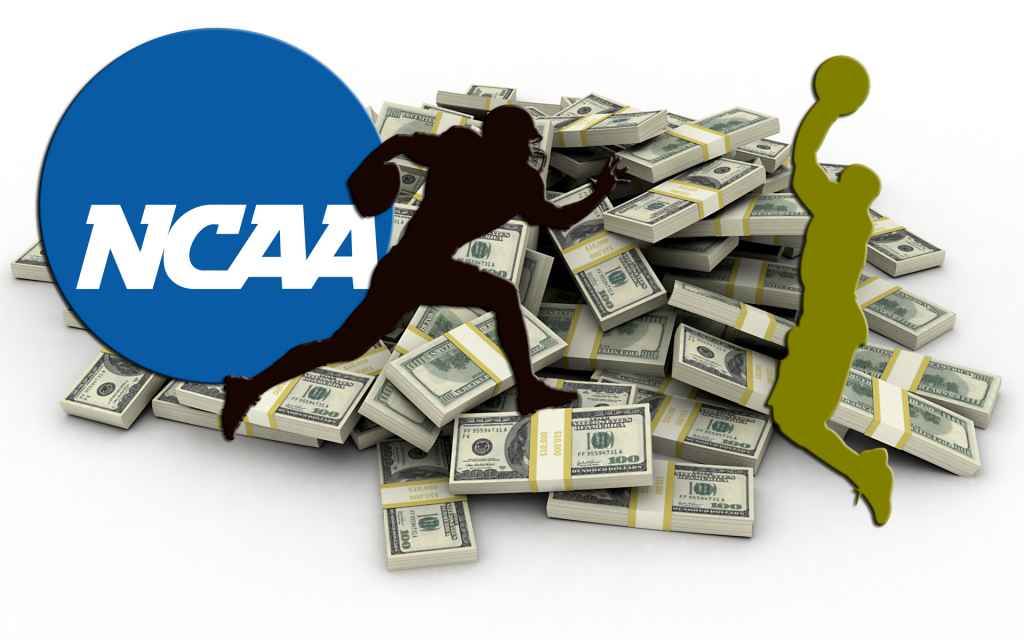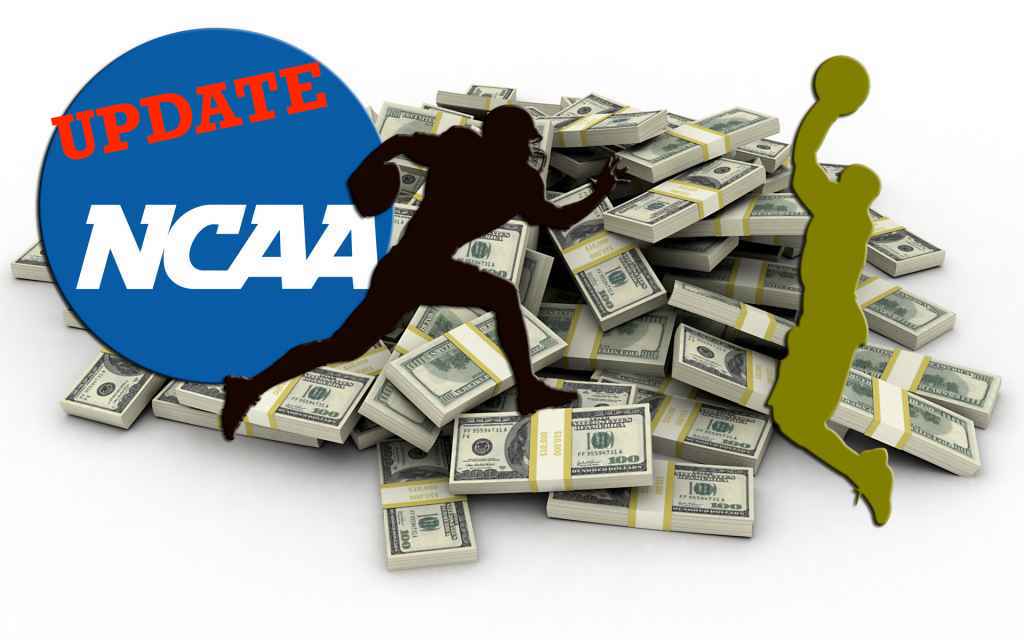On March 8, 2019, amid the March Madness excitement, the highly anticipated ruling in the Alston v. NCAA case was released. In what appeared to be a victory for the plaintiffs, the NCAA still managed to come out essentially unscathed. Judgment was entered in favor of the plaintiffs. However, the NCAA was, unfortunately, able to retain a substantial amount of discretion over student-athlete compensation. Even though the plaintiffs won, the NCAA did not exactly lose.

In the 104 page ruling, the court willingly acknowledged the disparity between what student-athletes receive in comparison to what coaches, the NCAA, and other college sports administration officials receive. However, that acknowledgment was not enough to make the court fully strip or severely limit the NCAA’s authority over student-athlete compensation that is unrelated to education. Thus, proving the courts’ and the general public’s inclination to refuse to acknowledge that there really is nothing “amateur” about college sports.
Alston v. NCAA Summary
Last fall, Judge Claudia Wilken presided over the Alston v. NCAA case. Judge Wilken also presided over the Obannon v. NCAA trial. In Alston, the plaintiffs included several current and former student-athletes. The defendants included the NCAA and eleven of its conferences that participate in FBS Football and Division I Basketball.
The plaintiffs challenged the legality of the NCAA and its’ member institutions practice of capping grants-in-aid at the cost-of-attendance based on federal antitrust laws. Contrarily, the defendants contended that the rules were necessary because they served several procompetitive purposes permissible under federal antitrust laws. However, only two procompetitive purposes were discussed at trial.
The Procompetitive Purposes Discussed at Trial
The first procompetitive purpose discussed at trial was that the rules were necessary to protect and promote amateurism and retain consumer interest in college athletics. Specifically, defendants argued that fans only engage in college sports because it is distinct from professional sports and that distinction is predicated on the fact that college athletes do not receive payment.
The second procompetitive purpose discussed at trial was that the rules were necessary to promote student-athlete integration into the greater college campus. Specifically, defendants argued that if student-athletes were paid above a cost-of-attendance scholarship other students would essentially become jealous and harbor resentment. The plaintiffs offered three alternatives to the current system. The court accepted a modified version of one of them.
The Alston Ruling
Judge Wilken ruled that the NCAA can no longer “limit compensation benefits related to education.” The ruling also mandated that the NCAA allow conferences to create their own rules and policies for scholarships. Essentially, the ruling will allow student-athletes to potentially receive a scholarship valued at greater than a “full ride” to college.
Additionally, the NCAA will not be allowed to limit benefits related to education that is not included in the cost-of-attendance. Those benefits include items such as computers and musical instruments. In sum, the NCAA is no longer allowed to limit education-related benefits for student-athletes. This part of the ruling is essentially a win for the Plaintiffs. However, the ruling is not a total loss for the NCAA.
The Small, Yet Major Victory for the NCAA
The court found value in the defendants’ argument that the rules were necessary to serve the procompetitive purpose of keeping college sports distinct from professional sports. The defendants did not provide a clear definition of amateurism. However, the court reasoned that the distinction lied in the fact that college athletes are not paid unlimited sums unrelated to education.
With that, the court allowed the NCAA to maintain its ability to limit non-education related benefits for student-athletes. The NCAA is even permitted to define what “related to education” means. Thus, giving undue value to the NCAA’s farce of amateurism and the mythical distinction between college and professional sports.
Why do People Ignore the Other Similarities Between College and Professional Sports?
In response to the Alston ruling, the NCAA’s chief legal officer Donald Remy released a statement. Mr. Remy stated, “the decision acknowledges that the popularity of college sports stems in part from the fact that these athletes are indeed students who must not be paid unlimited cash sums unrelated to education.” This statement re-enforces the NCAA’s argument that rules limiting payment to college athletes are necessary to serve the procompetitive purpose of keeping college sports distinct from professional sports. However, is college sports really distinct from professional sports?
College Sports is not Very Distinct from Professional Sports
Aside from college athletes not being paid like professional athletes, there is no real distinction. For example, Division I college football and basketball garner very similar media deals that professional football and basketball garner. The March Madness tournament generates a billion dollars in revenue for the NCAA. Likewise, the NBA playoffs and Finals generates billions of dollars for the NBA. College football generates billions of dollars for the schools and the conferences. Professional football generates billions of dollars for the NFL and team owners. The coaches make millions in college sports, just as the coaches make millions in professional sports.
Given all of those similarities between college and professional sports, how can anyone claim that Division I college sports are largely distinct from professional sports? Why is payment unrelated to education the crux of the distinction between college and professional sports? Division I college sports resembles professional sports in almost every other way. However, the NCAA is still allowed to claim a distinction based on lack of payment to the athletes who propel the industry. Why are the courts and the public so willing to ignore the other similarities and give deference to a distinction that is largely predicated only on lack of payment?




